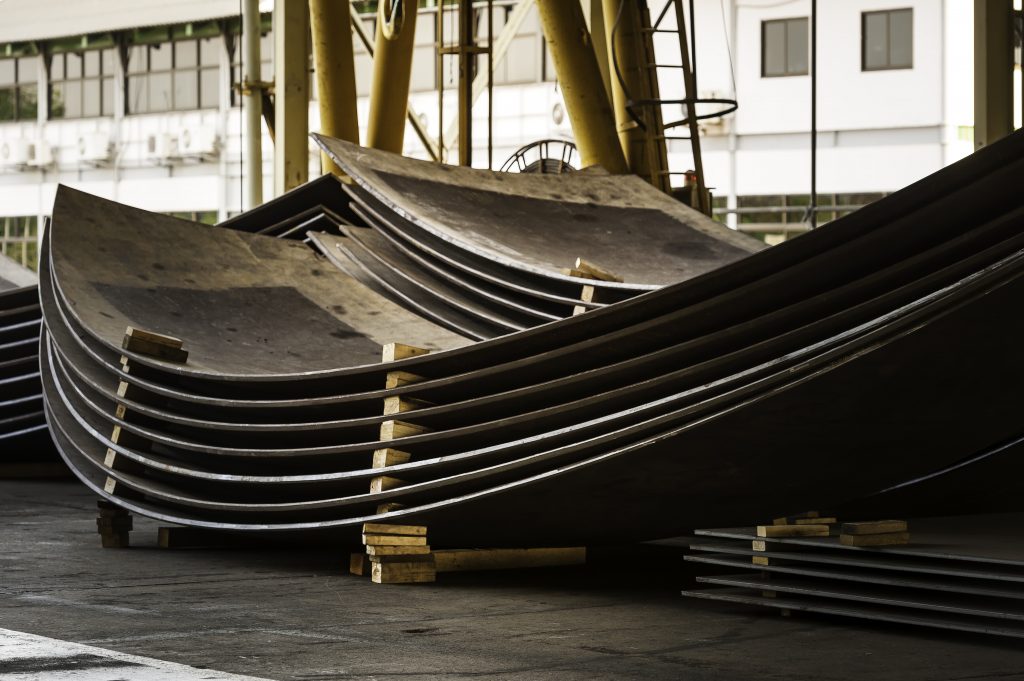Glencore sees nickel in best shape in decade before EVs take off

(Bloomberg) — Glencore Plc is seeing the best market conditions for nickel in at least a decade, and electric cars are barely playing a part yet.
The miner and trading giant expects nickel’s 2017 deficit at 170,000 metric tons — one of the biggest in years and more than most market estimates — driven by a 9 percent demand increase from the steel industry, the top user. The market is tightening amid falling stockpiles and rising premiums for physical deliveries, said Owen Gibbs, a senior nickel trader at Glencore.
Prices recently hit a two-year high amid forecasts from banks including Goldman Sachs Group Inc. and Bank of America Corp. that an electric-vehicle boom will boost demand for battery metals in the next decade. Glencore also expects a strong lift in nickel consumption from electric cars, but not materially until 2020. Once that happens, miners will struggle to keep up with faster usage, Gibbs said.
“The battery sector overlays on a really positive market outlook for nickel, and it’s forecast to be transformational from 2020 onwards,” Gibbs said at a Metal Bulletin conference in Lisbon on Monday. “Where will the primary nickel come from?”
Brightening spot market conditions signal that mainstay usage in the steel industry is still one of the most important drivers for nickel prices. China’s steel production ran at a record pace for much of this year, aiding consumption of nickel used to protect against corrosion, rust and staining.
The pickup in demand has eroded global nickel stockpiles to about 645,000 tons from a peak of 900,000 tons in the past few years, according to Baar, Switzerland-based Glencore.
Nickel climbed 16 percent this year and touched a two-year high of $13,030 a ton on Nov. 1. Still, prices retreated about 10 percent since then on speculation metals had rallied too fast and on renewed concerns about more low-cost nickel supply from Indonesia.
The Asian country’s miners can produce at a cost of about $5,000 a ton of contained nickel, Alina Racu, an analyst at MMC Norilsk Nickel PJSC, said during a separate panel discussion in Lisbon. Racu said Norilsk is “cautiously optimistic” on nickel usage in electric cars, but expects a smaller deficit than some in the market, partly because of more cheap supply this year and next.
Glencore is among the most bullish on nickel’s fundamentals, estimating a bigger shortage this year than Macquarie Group Ltd., Norilsk, UBS Group AG and French producer Eramet. Glencore’s outlook for next year’s deficit of 140,000 tons is also more than those companies predict.
Peter Grauer, the chairman of Bloomberg LP, is a senior independent non-executive director at Glencore.
Story by Mark Burton with assistance by Jack Farchy
{{ commodity.name }}
{{ post.title }}
{{ post.date }}

Comments